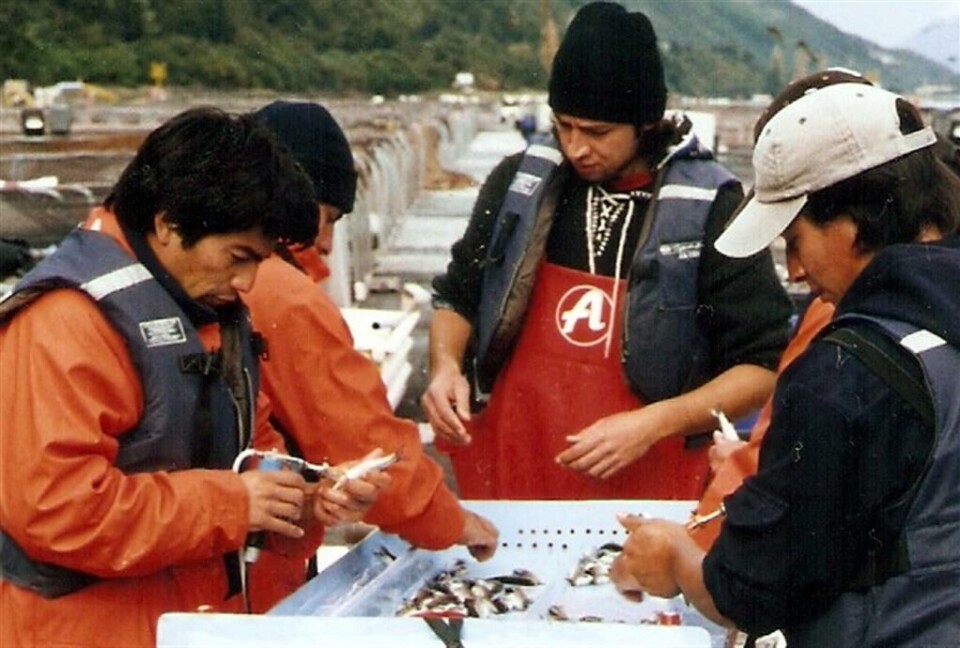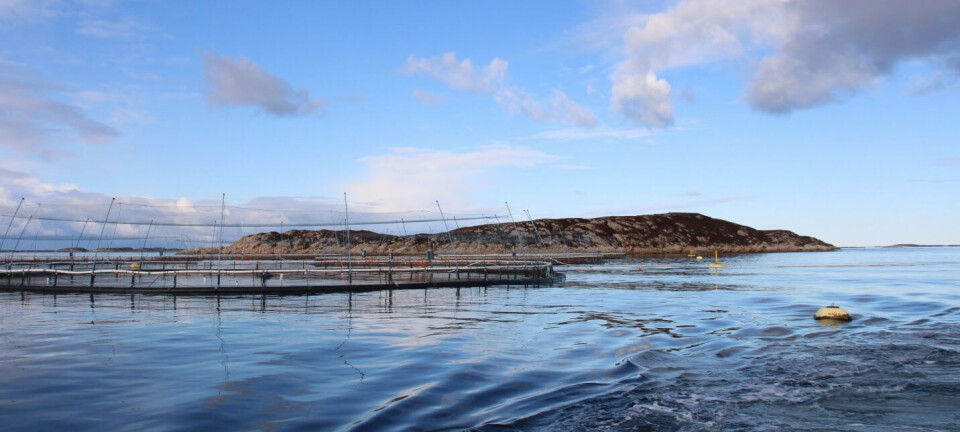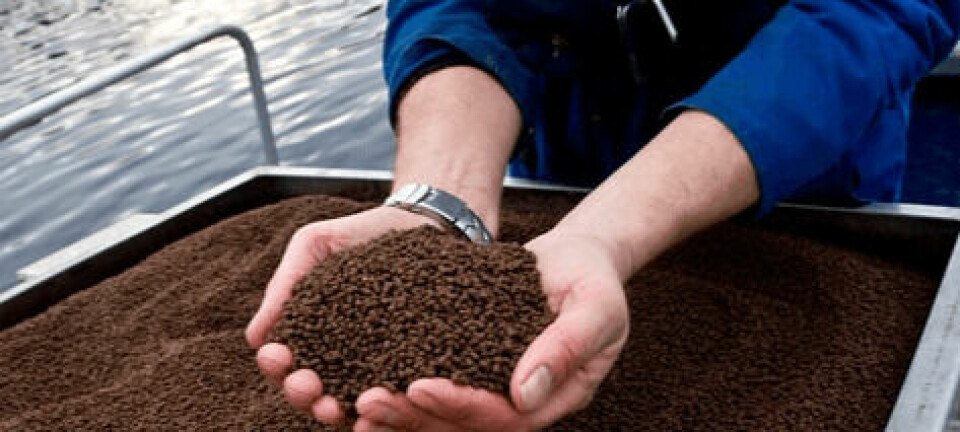
Research breakthrough suggests new route for vaccines
All Atlantic salmon farmed in British Columbia are routinely inoculated against bacterial diseases using vaccines that are injected intraperitoneally, which can sometimes lead to adhesion of internal organs and unsightly spots on the surface of the salmon's belly. These problems could be avoided if a vaccine could be administered through the fish’s nose.
Although most smolts in BC are already vaccinated against IHNV, using a DNA vaccine, this method is expensive and could be done more cheaply through their noses. And, given that losses in market sales of farmed salmon in British Columbia due to the IHN virus have topped CAD$ 200 million (~€ 142 million) during a single outbreak, according to some estimates, it is clearly a problem that needs to be addressed.
As Steve Carr of the University of New Mexico (UNM) explains:
Researchers at the University of New Mexico recently discovered an olfactory immune system in fish previously thought to be associated with terrestrial vertebrates only. The results could provide a new tool for the control of infectious diseases in fish farms and hatcheries. Olfaction is an ancient sensory system more than 350 million years old. In land-based vertebrates, the olfactory system detects low concentrations of volatile, airborne chemicals whereas aquatic vertebrates use olfactory organs to smell odorants present in the water. The olfactory system is clearly vital to both land and water-based animals.
UNM researchers in the Department of Biology, led by Assistant Professor Irene Salinas and including, Postdoctoral Fellow Luca Tacchi and undergraduate student Rami Musharrafieh, discovered that fish noses are not just “smelling organs.” Over the past three years, the team discovered the presence of a Nasopharynx-Associated Lymphoid Tissue, or NALT, while studying trout and found that it acts as a line of defense against pathogens similarly like other mucous membranes in terrestrial vertebrates including humans.“Everyone thought the NALT was restricted to terrestrial vertebrates and no one thought that aquatic vertebrates, like fish, respond to dangerous particles present in the water that come in contact with their nose,” said Irene Salinas.
Since NALT represents a first line of defense against inhaled antigens, humans can receive spray vaccines such as the flu vaccine via the nose. However, for millions of years, the mucosal surfaces of all vertebrates, terrestrial and aquatic, were exposed to similar evolutionary processes. This idea prompted the team to hypothesize that aquatic vertebrates also have the need to protect their olfactory organs from infectious agents. When the team found NALT in trout, they quickly realized the potential of exploiting nasal vaccines in aquaculture settings. “Our results open up a new tool for the control of aquatic infectious diseases via nasal vaccination.”
This novel research shows that intranasal vaccination protects fish both against viruses and bacteria as well or better than traditional injection vaccination. Intramuscular injection vaccinations are generally used in the fish farming industry and are similar to humans receiving a flu shot with a needle. By looking at intranasal delivery, which has also been done in humans as well as a few other terrestrial species and is known to offer a good level of protection, the researchers can determine if there is an immune response occurring in the olfactory system of these individual fish.
The selection of the infection model was made based on previous research showing the importance of the olfactory organ to fish during a disease called infectious hematopoietic necrosis (IHN) caused by IHN virus (IHNV), a fatal virus that threatens salmonid species including rainbow trout. “IHNV can spread through the nervous system into the brain and other organs, and quickly kills the fish,” Tacchi said. “The idea was to discover a new method to vaccinate fish using these novel, needle-free nasal vaccines. The fish were vaccinated using a thin pipette and a very small volume of the vaccine delivered into one nostril was enough to protect young fish.”
Extensive collaborations with industry partners in Idaho spearheaded by Dr. Scott LaPatra have been instrumental at revealing the power of these vaccines. “We have now tested three other fish vaccines using this method and they all work very well,” Salinas said. The research, titled “Nasal immunity is an ancient arm of the mucosal immune system of vertebrates,” was published recently in Nature Communications. The researchers discovered NALT is present in trout and that it resembles other mucosa-associated lymphoid tissues such as the skin, gills and gut.
“The magic happened when the nose was stimulated with the IHNV vaccine,” Salinas said. “When we added a vaccine through the nose, we noticed it was taken by the olfactory rosette and quickly induced a local immune response and the activation of many, many new genes following vaccine delivery. We also saw a very strong induction of systemic immune responses leading to a fast migration of immune cells from the blood into the nose. We (and fish) have so many blood vessels there that the connection of the local nasal immune response with the systemic immune response in the blood is extremely fast.”























































